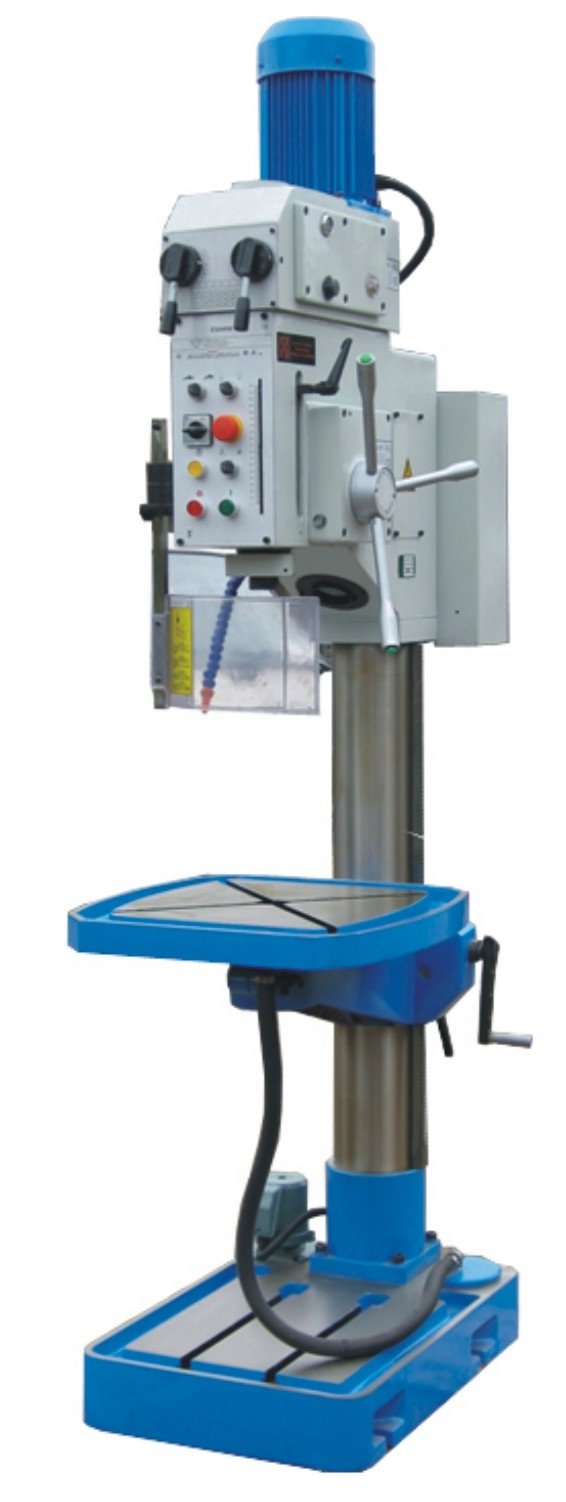Unlocking the full potential of your tools is a hallmark of a skilled DIY enthusiast or professional. One common question that arises is, Can I use my hammer drill as a chisel? In this comprehensive guide, we'll delve into the intricacies of this versatile application, exploring the possibilities, considerations, and techniques involved in transforming your hammer drill into a precision chiseling tool.
Understanding the Basics: The Anatomy of a Hammer Drill
Before exploring chiseling capabilities, it's crucial to grasp the fundamentals of a hammer drill. We'll revisit the anatomy, focusing on the hammering mechanism that differentiates it from a standard drill. Understanding how the tool generates impact forces sets the stage for its adaptation into a chiseling powerhouse.
Chiseling Attachment Compatibility: Enhancing Versatility
To utilize your hammer drill as a chisel, you'll need the right attachments. We'll explore the various chiseling attachments available in the market, from flat chisels to pointed and wide chisels. Understanding the compatibility and purpose of each attachment empowers you to tailor your tool to different chiseling tasks.
Chiseling Techniques: Mastering Precision and Control
Chiseling demands a different approach than drilling. We'll delve into techniques that maximize precision and control when using your hammer drill as a chisel. This includes proper hand positioning, understanding the impact angle, and leveraging variable speed settings to adapt to different materials and chiseling requirements.
Material Considerations: Choosing the Right Chiseling Projects
Not all materials respond the same way to chiseling. We'll guide you through the considerations when choosing projects suitable for chiseling with a hammer drill. From masonry and concrete to wood and metal, understanding the characteristics of each material ensures optimal results without compromising your tool's performance.
Safety Measures: Ensuring a Secure Chiseling Experience
Chiseling involves significant force and precision, demanding strict adherence to safety measures. We'll explore the importance of personal protective equipment (PPE), secure workpiece clamping, and proper tool handling techniques. Prioritizing safety ensures a seamless chiseling experience without compromising the well-being of the user.
Limitations and Precautions: Knowing When to Drill and When to Chisel
While a hammer drill can be adapted for chiseling, it's essential to recognize its limitations. We'll discuss scenarios where drilling remains the preferred option and when chiseling is the optimal choice. Understanding these distinctions ensures you make informed decisions based on the specific demands of your projects.
Maintenance Tips: Prolonging the Life of Your Adapted Tool
Chiseling with a hammer drill introduces additional stresses on the tool. We'll provide maintenance tips to prolong the life of your adapted tool, including proper cleaning, lubrication, and routine inspections. A well-maintained tool not only performs better but also ensures safety throughout its operational lifespan.
Real-World Applications: Showcasing the Versatility
To solidify the practicality of using your hammer drill as a chisel, we'll explore real-world applications through case studies and examples. From detailed woodworking tasks to masonry projects, witness how the adaptability of your hammer drill transcends conventional drilling applications.
Conclusion: Elevating Your Toolbox Mastery
The ability to use your hammer drill as a chisel adds a new dimension to your toolbox mastery. By understanding the fundamentals, choosing the right attachments, mastering techniques, and prioritizing safety, you can confidently expand the capabilities of your tool. Seize the potential within your hammer drill and elevate your craftsmanship to new heights in both drilling and chiseling applications.





More Stories
Top Features to Look for in a 7 Inch 223 MK47 Handguard for Tactical and Recreational Use
CNC Gear Hobber Technology Trends: Automation, Precision, and Smart Manufacturing
Why the DR-200B Microplate Reader Is Ideal for High-Throughput Laboratory Testing